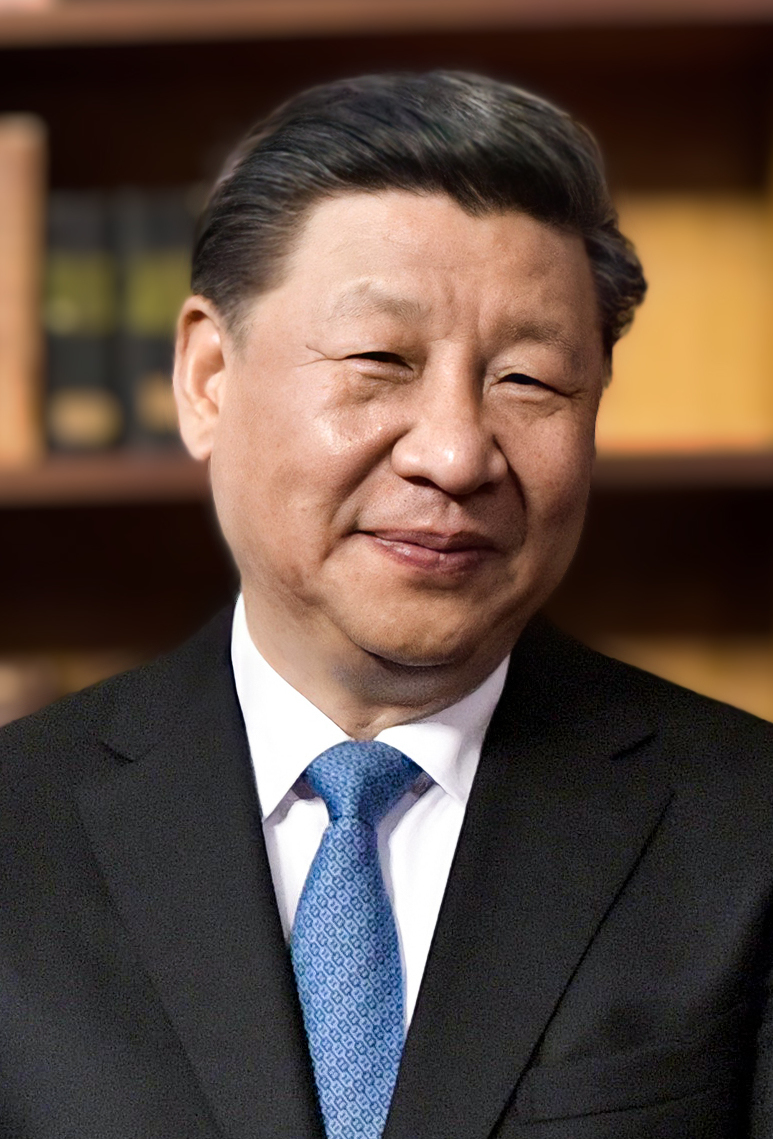A Chinese article boasts that ‘in the past two years, the PLA has gradually launched counterattacks and removed the sentry posts and strongholds erected by the Indian Army’ in the area. On 9 December, it wasn’t any different.
On 13 December, while addressing Parliament about the faceoff between Indian and Chinese troops in the Eastern Sector on 9 December 2022, Defence Minister Rajnath Singh said that the “PLA tried to transgress the Line of Actual Control (LAC) in Yangtse area of Tawang Sector and unilaterally change the status quo.” The faceoff, according to the statement led to a physical scuffle, in which both sides suffered injuries. The transgression was thwarted and the Chinese side has been asked to refrain from such actions and maintain peace and tranquillity along the border.
The issue was also discussed in a flag meeting on 11 December in accordance with the existing mechanisms. When asked, Chinese foreign ministry spokesperson Wang Wenbin said, “the China-India border areas are generally stable”, albeit Colonel Long Shaohua, spokesperson for the Western Theatre Command of the PLA in a press release said that during a “routine patrol” on the Chinese side of the LAC in Dongzhang area, the PLA troops “encountered obstruction from the Indian troops, who illegally crossed the LAC”. The Chinese also demanded that “the Indian side should strictly discipline and control its front-line troops and work with the Chinese side to maintain peace and tranquillity in the border areas”.
From the above statements of the respective governments, it is the blame game as usual. If the video making rounds on the social media is indeed of 9 December 2022, the PLA has certainly climbed up to the Indian position and challenged them. This has been admitted by the Chinese that the PLA “took initiative to dismantle military strongholds of the Indian Army” (主动出击拆除印军工事). In various other videos, not necessarily of the Yangste area, the PLA soldiers have been shown dismantling similar stone walls, and being dissuaded or challenged by the Indian side. This is a major confrontation since the June 2020 Galwan clash that saw fatalities on both sides. Therefore, why such provocations time and again?
Liu Zongyi, a senior fellow and secretary general of the South Asia and China Centre, Shanghai Institutes for International Studies (SIIS), like other Chinese write-ups, has accused India of encroaching the area in the 1990s, which resulted in an 82-day long face-off between the two armies in 1999 at a place called Maila Pass, not far from the 9 December confrontation. According to Liu, India further encroached on Dongzhang Waterfall in 2001 and the grasslands in the vicinity in 2003. What Liu is arguing is that the Indian Army crossed the MacMahon Line, yet China avoided a “head-on collision” (迎头相撞) in 1999 “for the sake of maintaining stability in the area”.
However, another article by an anonymous Chinese reporter contradicts the above thinking and claims that the Indian Army took control of the area in 1968, and since then has built stone walls and other structures on the ridgeline that marks the LAC. It boasts that “in the past two years, the PLA has gradually launched counterattacks and removed the sentry posts and strongholds erected by the Indian Army” in the area. On 9 December, it wasn’t any different. “About 250 to 300 (larger than 2021) PLA troops went prepared (经过准备) to the mountain pass to demolish illegal structures, but encountered a large Indian patrol team”. The article also declares that Dongzhang in Yangtse area cannot be the last gateway of China to Arunachal, but 150 kilometers south of this place should be China’s border with India as depicted in the Chinese maps. “Therefore, there is still a long way to go to recover the territory of the entire southern Tibet region”. Tang Bohu, a journalist with Fenghuang wang (Phoenix net) reiterates the above position and advocates that only by taking “tough and actual control” (强硬地实控) launching “aggressive public opinion” (舆论出击) can China shatter India’s illusion.
It is precisely owing to the Chinese stand on the MacMahon Line in the Eastern Sector that China desires to change the status quo as it is doing in the Western Sector. China has long abandoned the swap deal for the resolution of the border, rather it believes that power has shifted in its favour, therefore, has no compulsions to maintain the kind of understanding it had reached with India on the border during the reform era. There is a certain thinking in China that believes that India can ill afford to engage with China in both a low intensity and an all-out conflict, therefore, the so-called salami slicing is the best approach.
Given this posturing by China, and India’s readiness to challenge the same, we will continue to witness similar face-offs along the entire India-China border. The conflict in Yangste area is not new; a little farther away from the 9 December faceoff location, at Tulung pass, India lost a few soldiers in 1975, after the exchange of fire at the border. The pattern of the face-offs, right from 1999 to 2021 and 2022, shows that as both India and China revamp their infrastructure along the LAC, such standoffs are bound to happen. Added to this the worsening relations between China and the United States, and close partnership between India and the US in the Indo-Pacific have made China believe that both India and the US are hand in glove to contain its rise. In fact, Chinese scholars have made statements that “in place of Pakistan, now China has become the biggest catharsis for Indian nationalist sentiments”.
B.R. Deepak is Professor and Chair, Center of Chinese and Southeast Asian Studies, Jawaharlal Nehru University, New Delhi.

